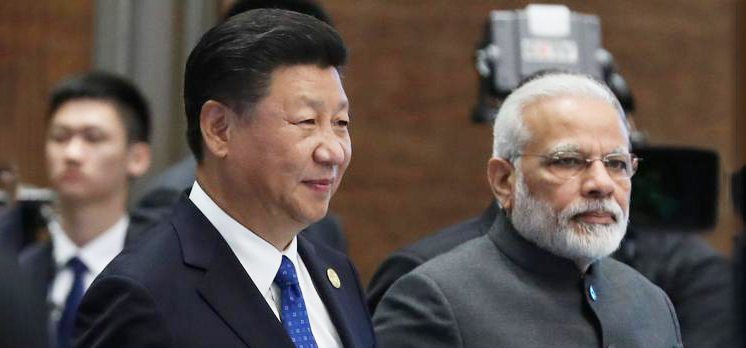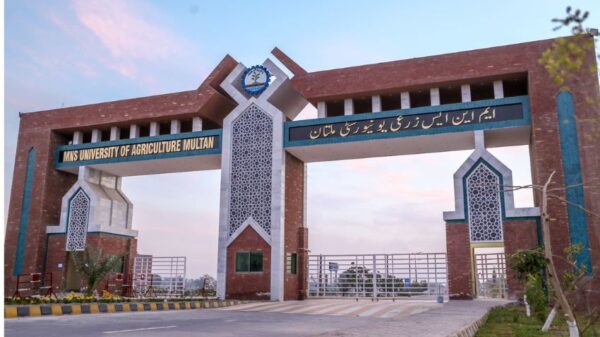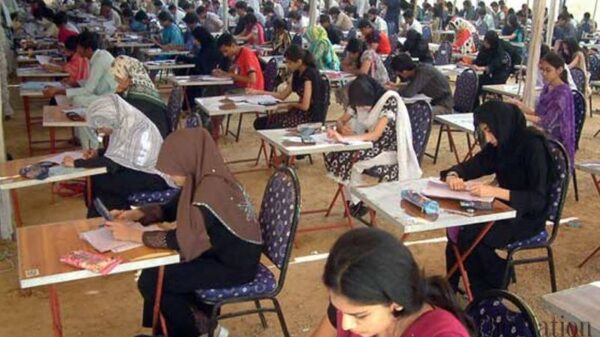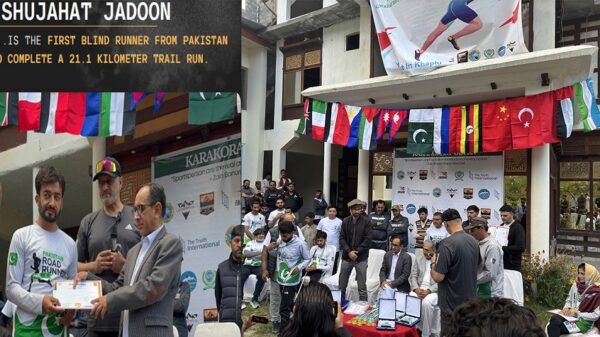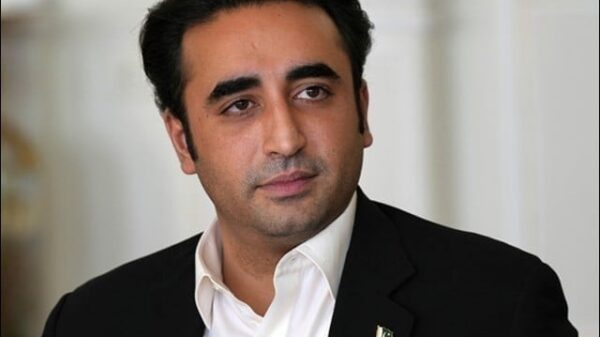Napoleon was right then and is right now 200 years later. To understand the current crisis, it is critical to view it in the context of history.
India did not learn its lesson in 1962 and was condemned to repeat the same mistake in 2020. Aksai Chin was the battleground then and now. Draped in snow with temperatures below freezing, the area is part of greater Kashmir. Ladakh is part of it and is claimed both by China and India because of its strategic location.
The Line of Actual Control (LAC) is a loosely defined border that emerged out of the 1962 war in which India inflicted signif- icant casualties on itself and suffered domestic and international humiliation. Prior to the escalation of tensions, Indian provocations were alarming. China accused India of undermining its rule in Tibet. India, encouraged by the West as some independent analysts believed, charged China with suppressing Tibetan autonomy. While China emerged victori- ous, it strongly believes even to this day that India played in the hands of the U.S. which views supporting India as a way to counter- balance China’s growing power.
Distrust was further heightened by India’s grant of asylum to the Dalai Lama in 1959 after the uprising in Tibet. India also kept a policy of patrolling the disputed Ladakh area despite multiple Chinese warnings and protests. China tried to resolve the outstanding issues through peaceful negoti- ations, but India rejected its efforts. Instead, India continued fishing expeditions in Aksai Chin which is a critical link between Tibet and Xinjiang. China finally invaded the disputed territory across the McMahon Line, named after the British administrator who proposed it in 1914, and captured the massive area. In step with traditional Chinese wisdom, it soon pulled back into its claimed territory behind the Line of Actual Control and declared a unilateral ceasefire.
China is a sleeping giant. Let her sleep, for when she wakes she will move the world. – Napoleon Bonaparte
Prime Minister Nehru called out to the Western countries for help. He was heartbroken and took this gigantic defeat to his ashes in 1964. The U.S. and most of the western countries including the Soviet Union sided with India and deemed China the aggressor. However, other voices though muted-were raised as well. For example, James Colvin from the U.S. Marine Corps blamed India for its provoca- tion towards China. Colvin believed that the Chinese showed a “pattern of conserva- tive aims and limited objectives, rather than expansionism.”
Surprisingly, then U.S. Defense Secretary Robert McNamara advised President Kennedy to go for the nuclear option. That demonstrated that India did not act on its own. President Kennedy turned down the nuclear suggestion and advocated for keeping India in conventional weapons armament which in the eyes of Nehru was way short of its expectations. As a result, the U.S.-India honeymoon died much earlier than expected and drew India closer to the Soviet Union. Later, in 1964, China shocked the world by developing its own nuclear device.
While the world by and large bought the Indian version of the war and blasted China with the expansionist and aggressor labels, contrarian minority views were voiced by some independent writers and scholars.
Neville Maxwell, a British scholar and journalist who served as South Asia correspondent of the Times in New Delhi, was up close to the conflict shared a perspective from a different lens. In his authoritative book, “India’s China War,” he noted how India led the world up the garden path and demolished the myth that India was the victim of unprovoked Chinese aggression. Maxwell writes that India was the “expansionist aggressor, used the armed forces imprudently, overruling the advice of military field commanders, while China was the aggrieved party.”
As a result of Maxwell’s extensive research corroborated by the Indian Defense Depart- ment and British sources, his book emerged as a bombshell. India always hated Maxwell and its writers supported the assertion that he was bankrolled by the Chinese to write the book. But more independent voices kept surfacing claiming that Prime Minister Nehru was wrongly led to believe that Indian national security interest would be best served by a blitzkrieg on Indian terms.
T.J.S. George, an Indian author and biographer observed that “we should never make the mistake of assuming that Maxwell wrote the damn book at the behest of China.”
President Ayub Khan did a great service to Pakistan’s national security when he settled Pakistan-China border issues and ceded territory to China in 1963. Khan went a step further according to a highly regarded British journalist, Irfan Husain, and turned down the suggestion by the Chinese Ambassador to take advantage and capture Kashmir when the Indian chips were down.
Alastair Lamb, a British historian, writes in the preface to his book “The Sino-Indian border in Ladakh,” without the settlement of the Sino-Pakistani border . . . Pakistan might never have evolved today not only China’s major ally on the littoral of the Indian Ocean but also a state in direct land contact with Chinese territory by a motor road through the Karakoram.”
In order to fully grasp the genesis of the current developments in Aksai Chin, revisiting what happened in 1962 offers much better perspective. After decades of episodic border skirmishes, threats of surgical strikes in Pakistan, and general ebbs and flows in hostilities, Modi’s India directed its war machines where Waterloo was written on the wall. Possibly, Prime Minister Nehru was misguided and got ensnared into the unintentional fallout of a wrong decision. But Prime Minister Modi’s misadventure is just an action replay. For Sino-India watchers, it is still an enigma why anyone would fight for an area which according to Maxwell is “no man’s land where nothing grows and no one lives.”
Aidan Milliff, an expert on South Asian studies at MIT, is perplexed when he says “it is not clear to me whether these disputes start as carefully calculated provocations or as missteps and misunderstandings.” Mr. Miliff, however, concedes that China’s recent advances are a response to India’s structure building in the areas strategically sensitive and a possible future flashpoint.
The constitutional amendments last year changing the special status of Jammu and Kashmir including Ladakh was seen by China as a direct threat. According to Harsh V. Pant, a professor of international relations at King’s College London, “these changes caused worries in China because the area connects China to Pakistan.”
A month long Doklam standoff in 2017, construction of a huge network of roads parallel to the Line of Actual Control, building of Daulat Beg Oldi airport – the world’s highest airfield-all combined were irritants enough to justify a Chinese response.
New Delhi’s justification for infrastructure building was seen in Beijing as a direct threat to its geo-strategic goals particularly the Belt & Road (B & R) plans aimed at global outreach in trade and development.
The Indian moves are also viewed by both Islamabad and Beijing as a direct threat to the China-Pakistan Economic Corridor (CPEC)-which stands frozen, where China has invested more than $60 billion. CPEC is the flagship program of B&R and a linchpin for all the future developments in the area and beyond.
All said and done, Beijing is unstoppable. It will continue to forge ahead with the belt and road initiative (B&R), the epicenter of its global development strategy adopted in 2013 which involves several countries. The present gridlock will melt away but would leave behind scars. China would not allow further escalation for multiple tactical as well as strategic reasons.
It would not at any cost let the U.S.-India alliance-which is part of America’s Indo-Pacific broader strategy-grow and fester. Secondly, India is not the primary focus of its foreign policy. Given its size and economic prowess, India’s aspirations to be recognized as a regional policeman may have certain justification. China, on the other hand, keeps its sights higher than the Himalayas with a much deeper strategy for global outreach on its chessboard.
The writer is a former information minister at the Embassy of Pakistan in Washington DC. He has also served as chair of the US- Pakistan-Af- ghanistan Trilateral initiative on agriculture. He is currently writing a book: Military, Militancy & Democracy in Pakistan.


